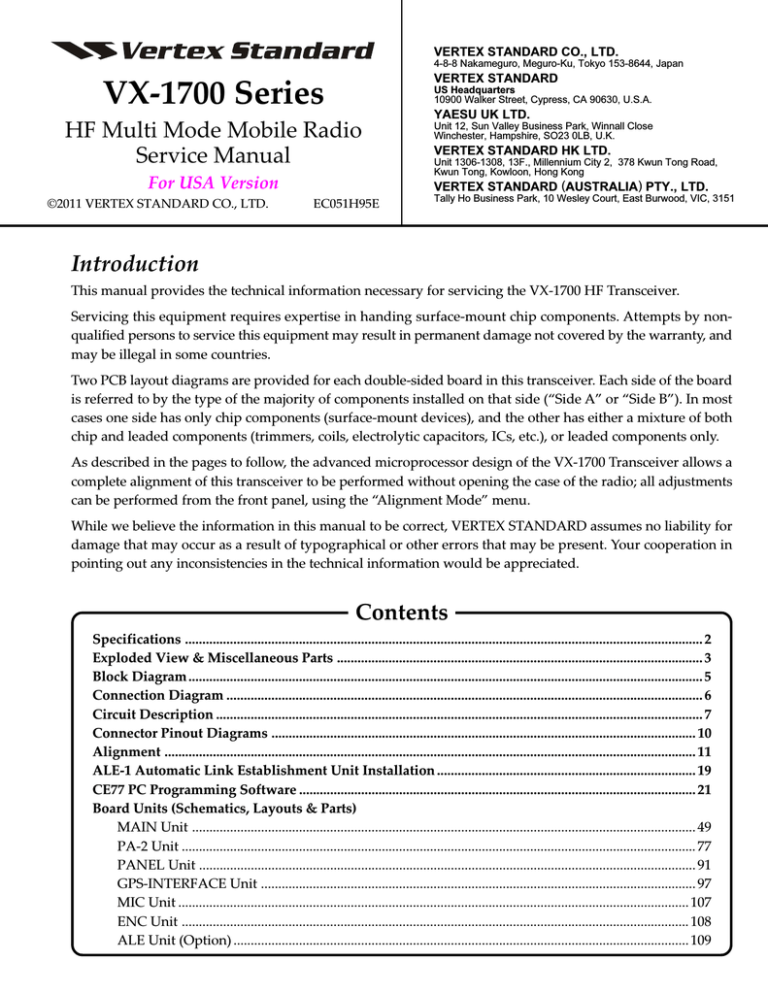

For equally homogeneous infarcts, a larger infarct volume will yield a larger surface area. Infarct surface area (cm2) was automatically determined as the product of the slice thickness (cm) and the distance along the pixel border between infarcted and non-infarcted pixels (cm) in each slice. The high resolution ex vivo MR images allowed quantification of the surface area of the infarct. Infarct homogeneity was assessed by a patchiness index based on infarct surface area. Finally, infarct size was expressed as a percentage of the area at risk (IS/AAR) in order to adjust for any difference in area at risk between the groups. The remote myocardium was somewhat increased in signal intensity and the threshold for infarction in this animal was therefore defined as pixels which were 3SD above the remote myocardium as determined by visual assessment. One animal in the normothermia group suffered from severe bradycardia which required manual open chest cardiac compression in order to secure the adequate circulation of the second injection of contrast media. Ultimately, the infarct size was expressed as percent of left ventricular myocardium. Furthermore, the size of microvascular obstruction was expressed as percent of the total infarct volume. The volume of microvascular obstruction (cm3) was calculated as the difference between the infarct volume before and after manual inclusion of regions of microvascular obstruction. These regions were manually included in the infarct volume. Microvascular obstruction was defined as hypointense regions in the core of the infarction which had signal intensity less than the threshold for infarction. Results: Pre-reperfusion hypothermia reduced infarct size/area at risk by 43% (46 ± 8%) compared to post-reperfusion hypothermia (80 ± 6%, p 8 SD above the mean intensity of non-affected remote myocardium. Infarct size was evaluated by ex vivo MRI. Area at risk was evaluated by in vivo SPECT. Hypothermia was started after 25 min of ischemia or immediately after reperfusion by infusion of 1000 ml of 4C saline and endovascular hypothermia. A percutaneous coronary intervention balloon was inflated in the left anterior descending artery for 40 min.

Methods: Pigs were randomized to pre-reperfusion hypothermia ( n = 7), post-reperfusion hypothermia ( n = 7) or normothermia ( n = 5). Background: The aim of this study was to evaluate the combination of a rapid intravenous infusion of cold saline and endovascular hypothermia in a closed chest pig infarct model.


 0 kommentar(er)
0 kommentar(er)
